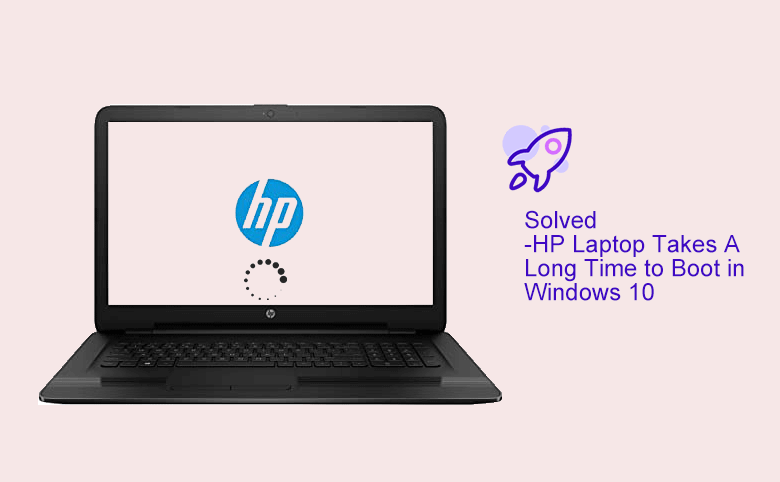

Backupsīackups are probably the second most common cause of prolonged performance issues after startup. Of course, you could take my approach: leave your machine on all the time and let the scans happen while you’re asleep.
SLOW STARTUP LAPTOP SOFTWARE
(This is one of the reason Windows 10’s built-in Windows Security, aka Windows Defender, remains my recommendation.)Īnother option might be to configure the scans to happen at a time when your computer would be on, but not as actively used - perhaps during lunch or dinner time.Įxactly how you make these changes will depend on the specific security software you’re using. Many tools need not impact your computer’s operation so severely while they scan. You might switch to a less intrusive scanner, or configure your security tools to be less intrusive when they scan, if that’s an option. Depending on your security software and its settings, your system may slow to a crawl. However, if your computer is turned off overnight, the scans missed overnight may begin immediately after you turn on your computer and sign in. If you leave your computer on 24 hours a day, chances are the scans will happen in the middle of the night, when you don’t notice or care. Most security tools operate at two levels: so-called “continuous” protection, which attempts to monitor activity in real time as you use your computer, and periodic scans, which scan your computer’s hard disk for malware.īy default, periodic scans typically happen once a day the question is, when?

The most common reason for poor performance for “awhile” after turning your computer on is security scan in progress. Often the solution is to simply let those processes complete. For example, your security software is performing a scan, your backup software is backing up your computer, the Windows’ content indexer is updating its index, and so on. It’s common for a number of services to start and run for “awhile” when you sign in to your computer, possibly impacting performance.


 0 kommentar(er)
0 kommentar(er)
